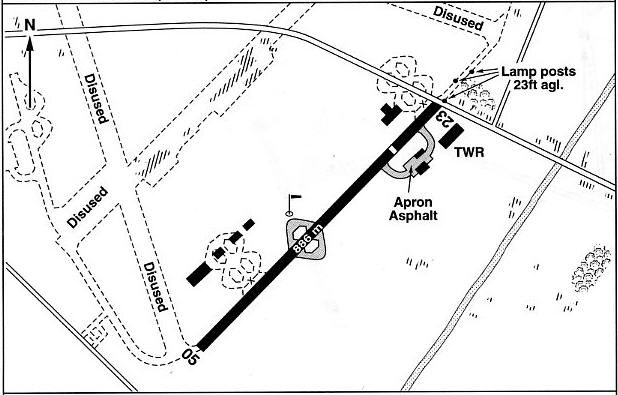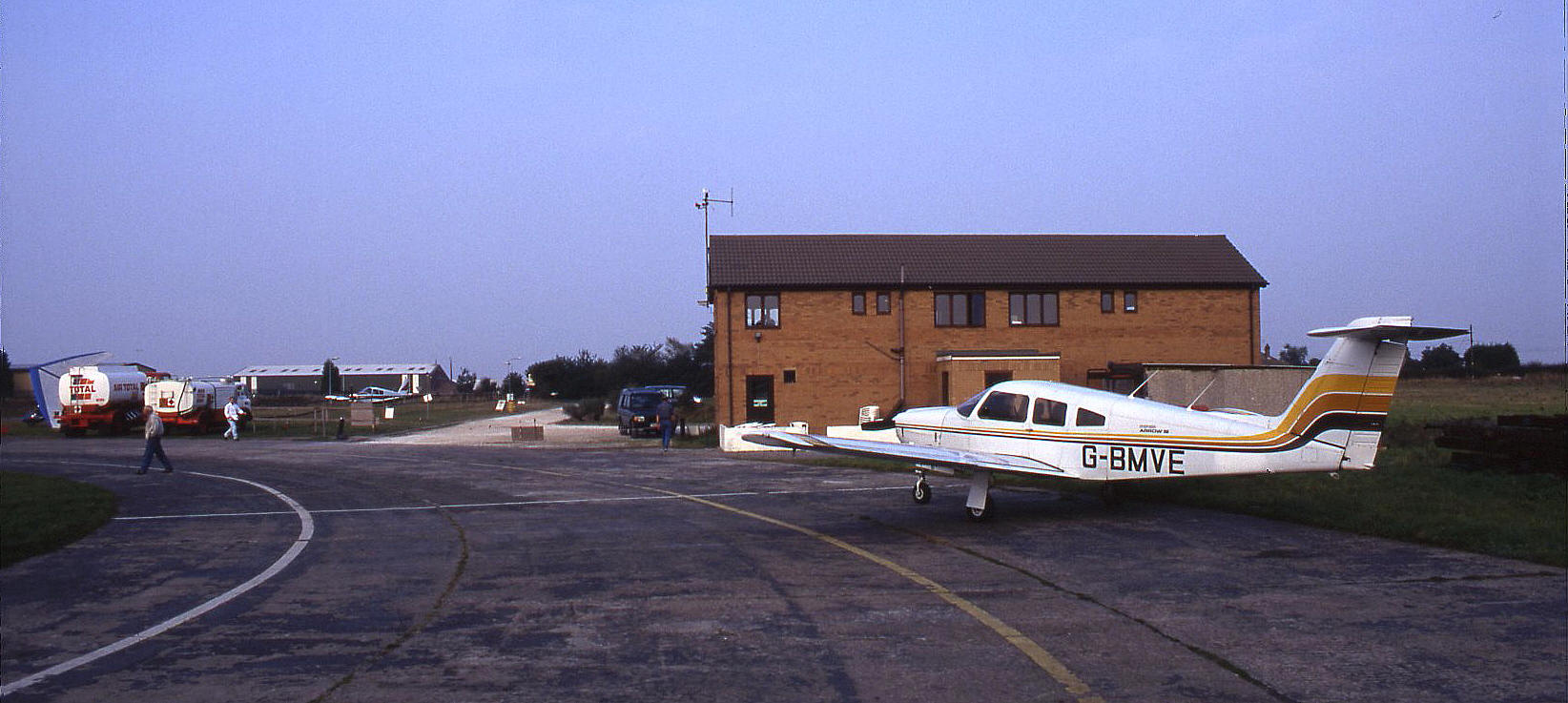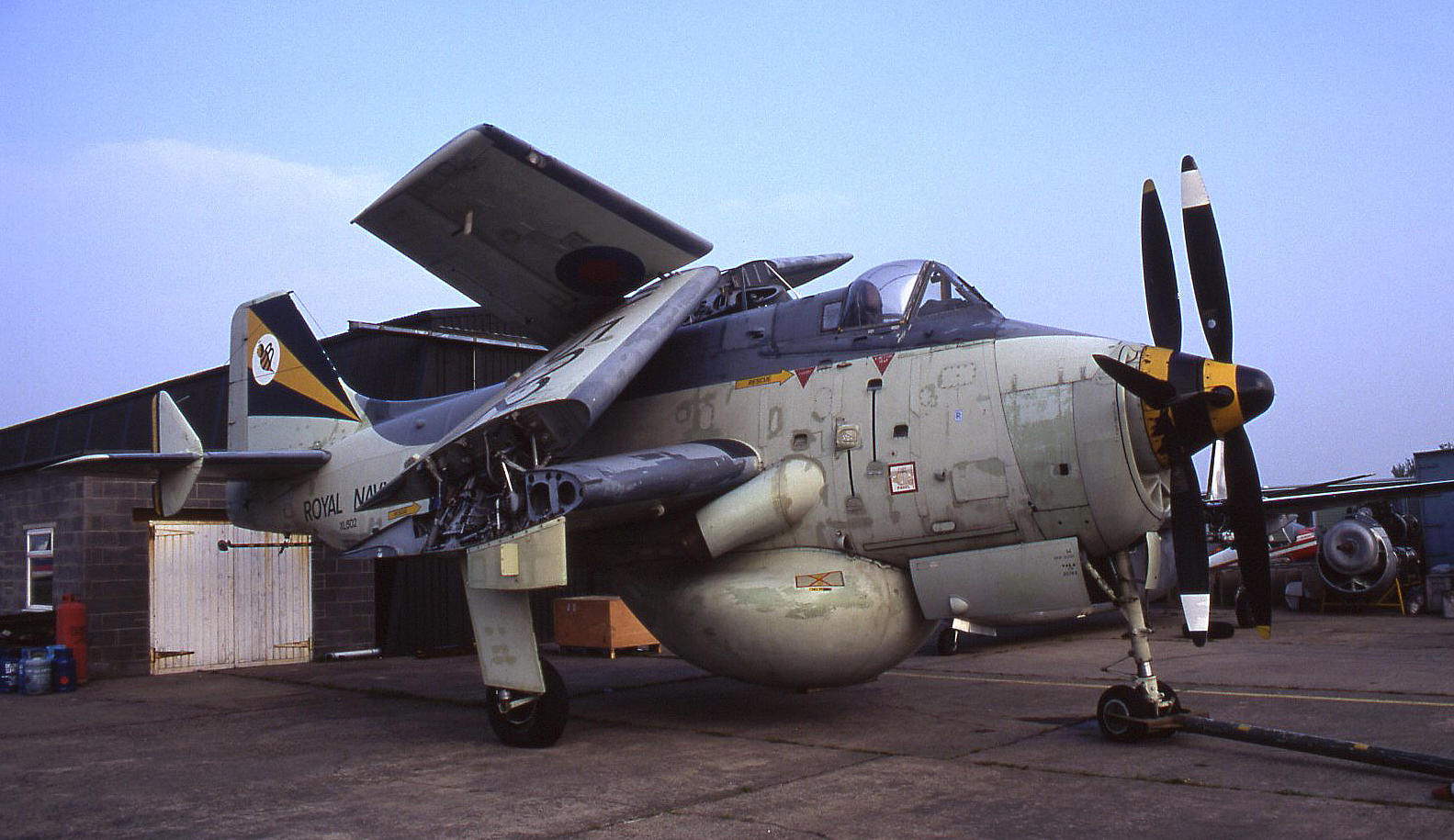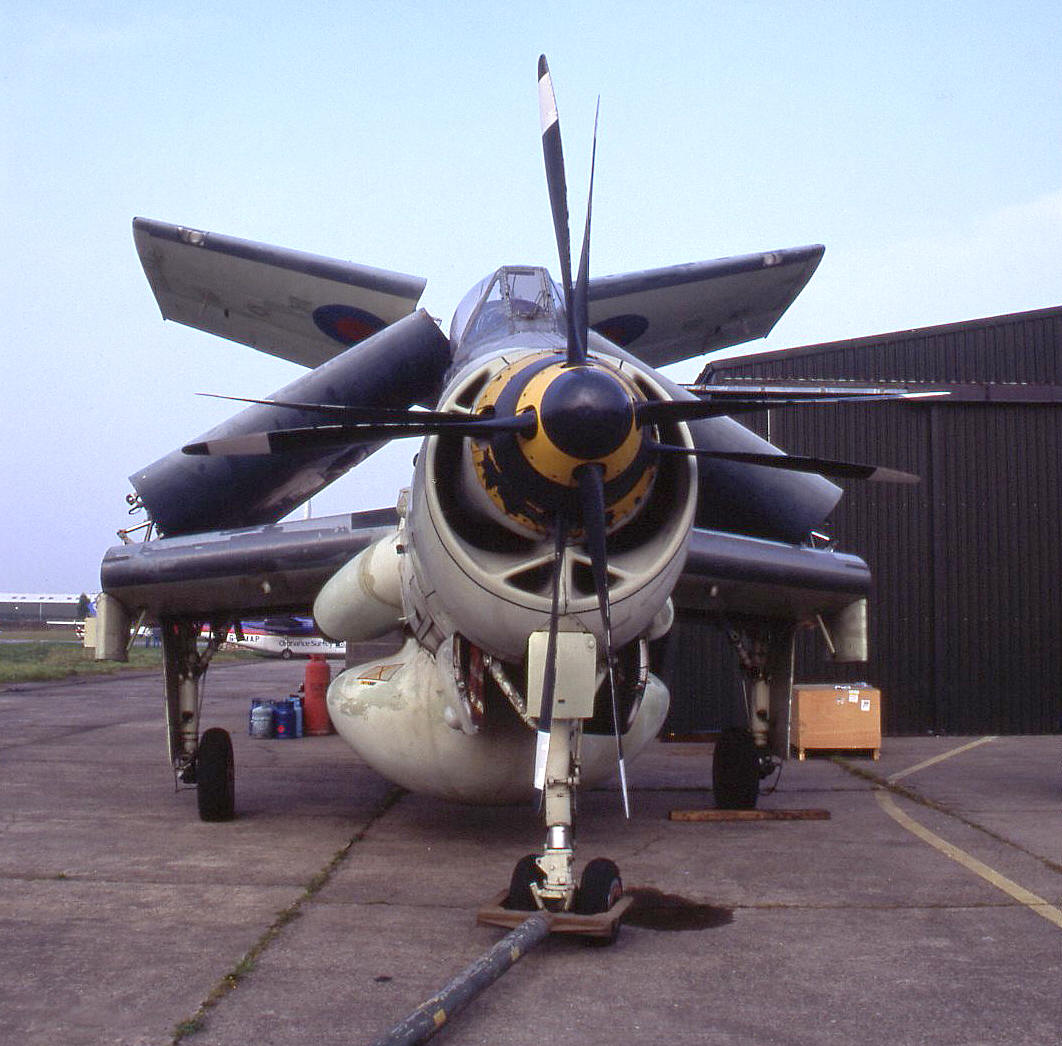Sandtoft
SANDTOFT: Military aerodrome later civil aerodrome
Note: Pictures by the author unless specified.
Military user: WW2: RAF Bomber Command 7 Group
1667 HCU (Handley Page Halifaxs & Avro Lancasters)
Operated by: 1980s/1990s: Sandtoft Air Services (1985) Ltd
2000: Imperial Aviation (Sandtoft) Ltd
Microlights: 1990s/2000s: Imperial Flight Centre, Silver Fern Microlights
Flying club/school: 2000s: Imperial Flight Centre, Leeds Flying School, New Sandtoft Aviation
Location: E of Sandtoft, NW of Westgate villages, 11nm NE of Doncaster
Period of operation: Military: 1943 to 1955 Civil ? (1985 certainly) to today
Note: This map is reproduced with the kind permission of Pooleys Flight Equipment Ltd. Copyright Robert Pooley 2014
Runways: WW2: 06/24 1829x46 hard 12/30 1280x46 hard
17/35 1280x46 hard
1990/2000: 05/23 886x18 hard
Note: This runway appears to be a taxiway on the original WW2 aerodrome
NOTES: Did SANDTOFT become licensed as a civil aerodrome in the 1980s?
There is no doubt about it, the training regime in RAF Bomber Command was pushed to the limits and often inadequate to prepare crews for combat duties, flying worn out if not invariably obsolete types. I suppose the nickname used by crews here of calling the aerodrome ‘PRANGTOFT’ pretty much says it all?
It seems bizarre but looked at today many aspects of the Air Ministry and RAF Bomber Command regime appear obviously ‘designed’ to inflict maximum damage and casualties to Bomber Command aircraft and crews and to aid German defences to the fullest extent. Why this was the case, and how it came about has still to be explained? It is claimed that 10% of Bomber Command aircrew died in training. As did so many others training for Fighter or Coastal Command etc. Please correct me if I’m wrong but I do believe there is no national monument to commemorate all the aircrew lives lost during training. If I’m correct I really do think this is utterly disgraceful.
NOTE: It appears that this Gannet, very much restored, is now on exhibition at ELVINGTON (YORKSHIRE).
PERSONAL NOTES
The only time I can remember flying into SANDCROFT was on the 28th September 1997 in the Piper PA-28RT-201 Cherokee Arrow IV G-BMVE. It was the first aircraft with a retractable undercarriage I had been ckecked out on, and I was not impressed. By and large not being a fan of most more modern Piper single engine aircraft, this type certainly failed to impress. The amount of fuel it was using, despite our efforts to reduce the flow, gave very little advantage in speed over a bog standard Piper Archer considering the extra cost and complexity.
I have no doubt that with practice we could have achieved a better result - but the sums do not seem to add up. But of course, in the days when this design first took flight in the USA, fuel was so cheap it really was not much of a consideration, and the 'status' of flying a type with a retractable undercarriage, (I suppose), carried the day when selling the model.
One thing we most certainly did not expect to see after landing at Sandtoft in 1997, was the Fairey Gannet AEW3 - XL502 (G-BMYP).
We'd love to hear from you, so please scroll down to leave a comment!
Leave a comment ...
Copyright (c) UK Airfield Guide



















